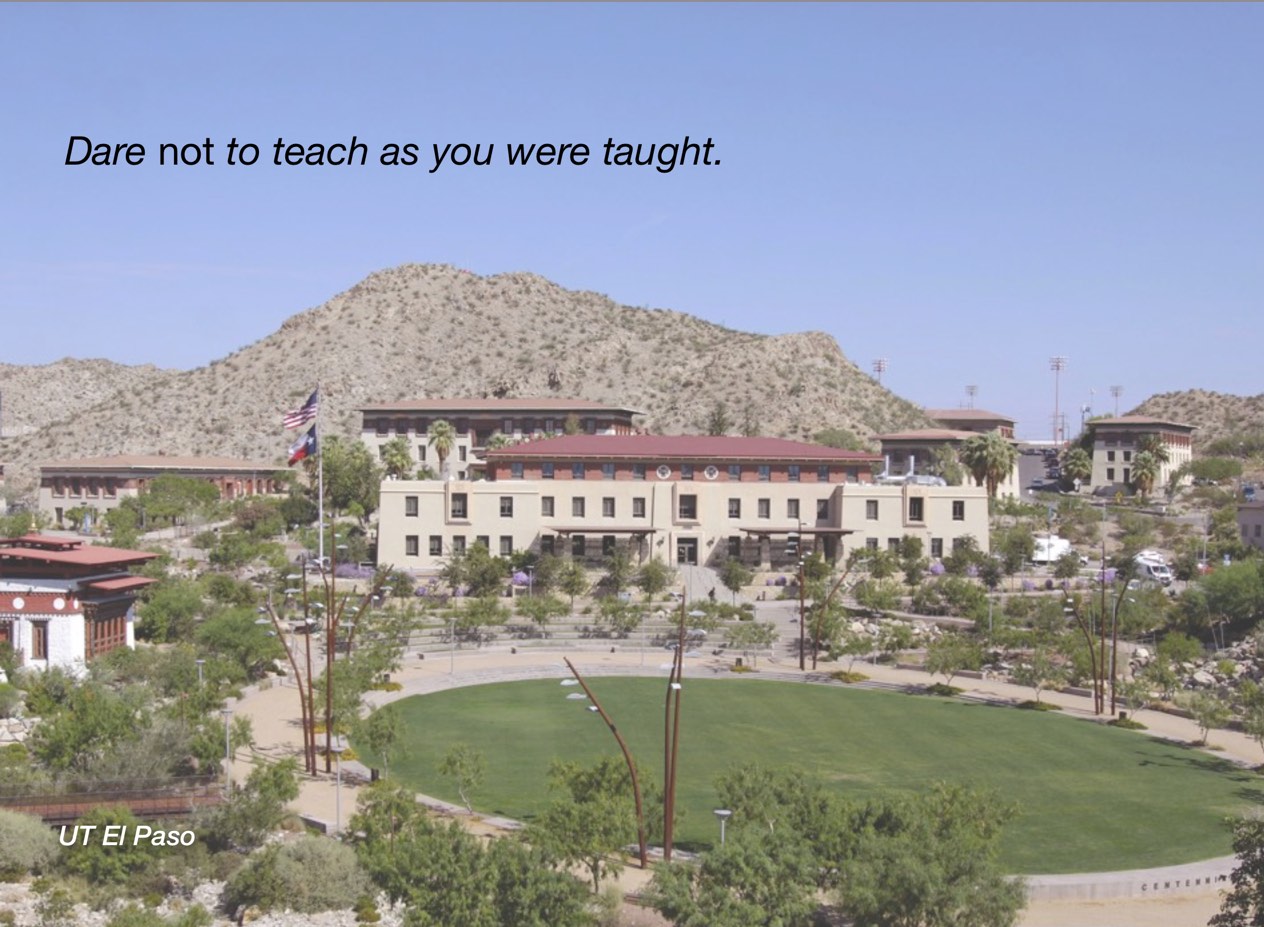10 Teach Doubt


Michael Starbird
We don’t actually understand much of anything. What we or our students now revere as core truths will often later be revealed to have some disturbing flaw – such as seeming completely wrong. In my generation’s case, one belief was that we should never trust anyone over thirty. In retrospect, that perspective may not have been an example of enduring wisdom that would stand the test of time. Do your students really know why they support the collection of beliefs that they hold dear – political opinions, religious views, social habits, and so on? The answer is no, and those passionate people who have opposite opinions don’t know either.
Acrimony ensues.
So here is a modest proposal for a habit you can teach your students that promotes civility and anchors us all in the reality of our own limited understanding. Every time your students state an opinion, such as, “I think the death penalty is not a great idea (except, of course, for a few people I could name),” ask them to also state a percentage that expresses the level of confidence they have in their opinion. So they might say, “I think the death penalty is a bad idea. And I believe it 80%.” Then if someone presents some credible evidence about how the death penalty improves the world, they could say, “Good point. I still think the death penalty is a bad idea, but now only 68%.”
I believe that teaching students to embrace doubt is good advice – about 93%.People who say they are 100% certain of any opinion might as well be saying that they are closed-minded, and no amount of evidence will penetrate the concrete. Such people should simply be ignored. Just getting students in the habit of realizing and acknowledging that they really are not certain and that they might adjust their opinions with evidence and experience is important. They are taking a huge step toward personal understanding and wisdom. Doubt is good.


Chapter 10 Commentary: Susan Doty
“Deliberately create doubt. I teach an Honors Issues and Policy class where we explore controversial issues in a very formulaic way. We frame them as dichotomous questions, defend why we care in current context, study the underlying economics, identify yes and no experts, probe their backgrounds for bias, summarize their learned arguments, identify what’s missing from their positions and, only then, come to individual informed personal opinions. After analyzing twenty class issues in this very structured way, students develop their own final controversial issue on a topic of their choosing. Initially, students have strong, often passionate, feelings about this issue, but the process of examining and defending opposing positions in their best light creates doubt. More often than not, they will conclude, “I was so sure of my position on this issue before and now I am looking at it very differently.” Embrace the ambiguity!”

